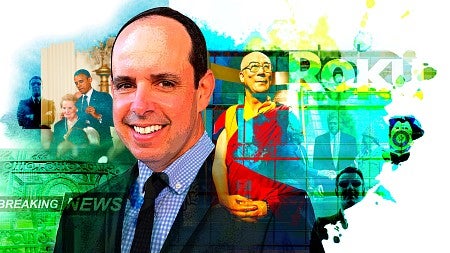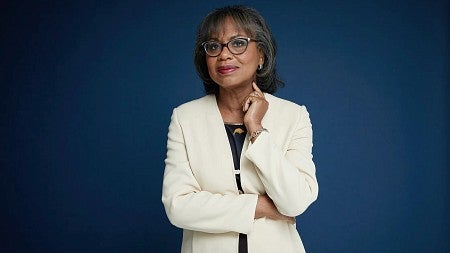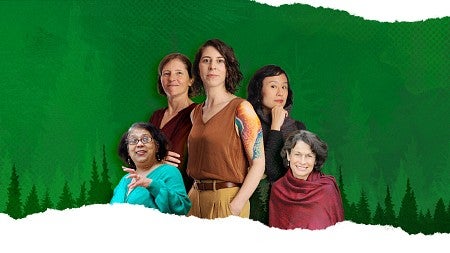
In 1968, Black student anger with the University of Oregon boiled over. Protesters demanded change, including more Black faculty members, more Black scholarships, and more courses in Black studies.
In 2015, Black students made many of the same demands. In her examination of the two movements, 2020 sociology graduate Desirae Brown found that history repeated itself—and found herself frustrated with the slow pace of progress.
To satisfy the research requirements of the Ronald E. McNair Scholars Program, a federal program that prepares first-generation students with financial need and underrepresented students for doctoral studies, Brown spent her senior year developing a paper on the history of Black student protest at the UO. She focused on demands made in 1968 by the Black Student Union and those pushed in 2015 by the Black Student Task Force following protests against racism at the University of Missouri and the growing Black Lives Matter movement.
Brown scoured online resources and print and digital archives in the Knight Library and Special Collections and University Archives. Among her sources: the manuscripts of Arthur Fleming, university president from 1961 to 1968, who responded to demands by creating a committee on racism. “Fleming established the committee with the hope that they would ‘serve effectively each Black student or other minority group student who becomes a part of our university community,’” Brown wrote, citing a 1968 memorandum from the president.
Gains from the 1968 effort included an uptick in Black student enrollment and Black resident assistants and, in 1973, the opening of a Black center in Fenton Hall, Brown says. But change was not sustained, she adds, and by 2015, Black students were citing needs voiced by predecessors nearly 50 years earlier.
“To change the narrative, the UO must actively commit to engaging the needs of Black students,” Brown says. “It’s not too late to stand on the right side of history.”
Kevin Hatfield, McNair interim program director, says Brown produced new knowledge about why Black student demands presented to the institution nearly 50 years apart addressed almost identical antiracism and anti-Black issues.
“Desirae’s research will continue to meaningfully impact the lives and experiences of current students,” he adds.
Brown, a PathwayOregon scholar, was encouraged by the university’s 2019 opening of the Lyllye Reynolds-Parker Black Cultural Center—a direct response to the task force demands in 2015—and now by the recent creation of a minor in Black studies. But in a larger context, Brown says, it was “upsetting” to reiterate needs that have gone unaddressed for decades.
That’s not to say she feels hopeless. Brown is energized by the attention being drawn to Black student issues at the UO by groups such as the Task Force, Black Student Collective—a recent university offshoot of the Black Lives Matter Movement—and social media efforts such as the Instagram page, Black at Oregon.
She is also inspired by her research. Perhaps the most exciting find among the archives of UO Libraries, Brown says, was a campus newsletter called Black Talk!, which circulated in the 1970s. The publication covered the local, national, and international landscape of the African diaspora, in articles ranging from “Blacks Discuss Survival in Eugene” to civil rights commentary. Though dismayed by what she called broken promises, Brown was thrilled to unearth records of a vibrant, united Black community that shared her goals for equity at the university.
“To read all of that old work, to hear those voices—it was just really exciting,” Brown says. “It gave me a strong sense of community. It made me feel proud to be a Duck—to see that I’m a part of history at the University of Oregon.”
Matt Cooper is managing editor for Oregon Quarterly.




